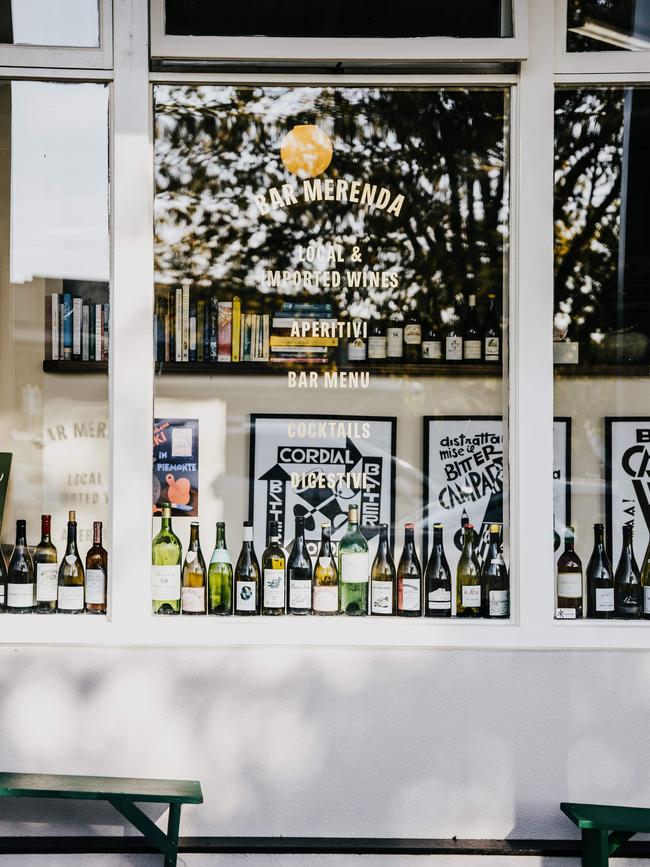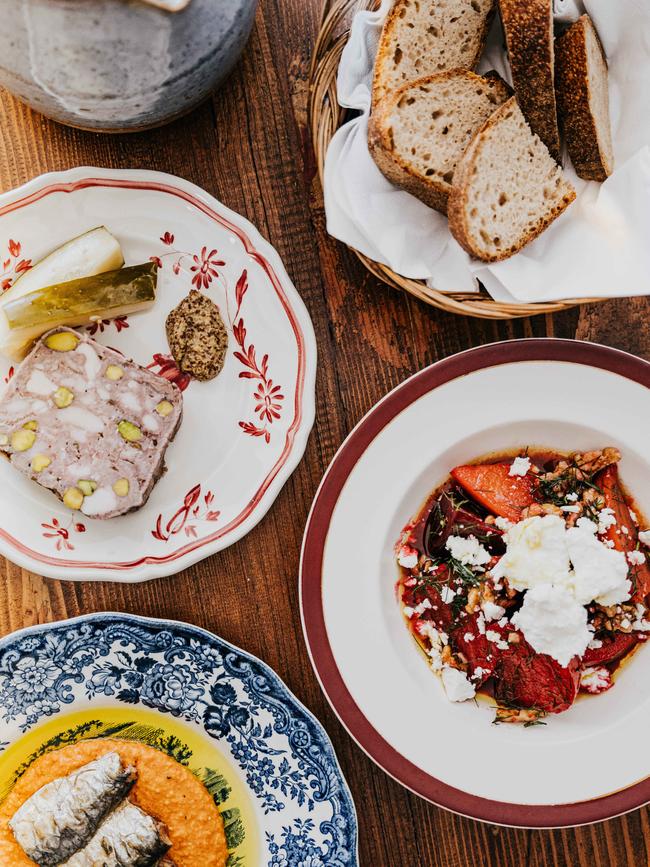What makes a restaurant worth travelling for
Why should we travel to eat given the wealth of options available on our front doors? Restaurateur Andy Ainsworth defines what makes destination dining so desirable.

Have you ever travelled to eat? That doesn’t mean down the road when you could have ordered in, I mean really travelled. Outside the capital cities of Australia lie restaurants waiting for pilgrims to make the journey, and enjoy a meal away from the urban landscapes. But what makes any of them worth the trip? Why set up your gastronomic ode to brilliance in a smaller city or town? The answer to that depends on who you ask.
The concept of a “destination restaurant” can be traced back, predictably, to France, where its Michelin Guide rated restaurants on whether or not they were worth visiting when driving around the country.
Absent our own Michelin, many restaurants that have cropped up outside the state capitals are using other means to lure visitors from the comfort of their urban eateries. Is it for a signature dish? Is it for a degustation unlike any found in their home city? There are a number of reasons someone might seek an extravagant meal far away.
It’s often the rustic simplicity of a meal sourced from a farm that can be seen from the restaurant’s dining room window. Considering that the modern patron is becoming increasingly interested in, and judgmental about, the provenance of their food, having that source in clear view has proved a pivotal part of the destination restaurant experience.

Take the Agrarian Kitchen in New Norfolk about half a house from Hobart. Housed in a former mental asylum and originally opening as a cooking school, it has since graduated to a farm to table restaurant. On the one-acre converted property, fresh produce is harvested from the walled garden or greenhouse, and whisked straight to the kitchen, before emerging on plates the same evening. Constant liaison between gardeners and chefs about future plantings keeps the menu seasonal. Under head chef Stephen Peak, Agrarian Kitchen celebrates local food and drink at its long communal tables. Eating local is a concept that is no doubt also found in the Tasmanian capital, but the proximity at the Agrarian Kitchen is pretty hard to match.

It’s not just food that is tempting city-dwellers, they are also drawn by our winegrowing regions. South Australia, one of our earliest, is an ideal place for restaurateurs to set up shop at the source. The Summertown Aristologist opened in 2016, and was the brainchild of three now well-known winemakers from the nearby Basket Range: Anton van Klopper from Lucy Margaux, Jasper Button from Commune of Buttons, and Aaron Fenwick from Chateau Comme Ci Comme Ca (although, Fenwick was involved primarily in the restaurant and wine bar itself before deciding to try his hand at winemaking).

Aristology is the art or science of cooking and dining, and an aristologist the type of scientist everyone wants to be. The bar is in the Adelaide Hills, just outside of the SA capital and its wine list highlights the new wave of local makers, although there are a smattering of international producers on the list too. The proximity to the estates gives an unrivalled sense of place to the eating and drinking at The Summertown Aristologist, and patrons often find themselves sharing the room with the makers of the wines they are drinking.
Other than the search for a strictly food or wine experience, it’s reputation that brings citysiders into the country, drawn by favourable word-of-mouth reviews, or looking for chefs who have conquered the urban dining scene and sought their next challenge in a different landscape. Andy Ainsworth was formerly the head sommelier at Sydney’s 10 William Street, an iconic spot nestled in the heart of the city’s east. Then almost a year ago, he packed up and headed for rural Victoria where he opened Bar Merenda, in the town of Daylesford in the Macedon Ranges. It has become a magnet for city-slickers.
Ainsworth wants his small project to embody the wealth of talent and agricultural produce on offer in the region. It’s a “very, kind of old world, European idea of something tasting or feeling like it’s from that place”, he says. The simplicity of “you’re in that place, you’re eating that food,” to Ainsworth, that is something easily lost in the city and mission of a destination restaurant is to create “a feeling of, ‘we couldn’t eat this anywhere else’”.
He also credits his success in Daylesford to established wineries such as Bindi and Cobaw Ridge, that have shone a spotlight on the area, alongside new names like Josh Cooper.
This is very different from the restaurant scene of 15 or 20 years ago, when a restaurant’s acclaim was built on its ability to fly in premium Wagyu beef, or Alaskan Snow Crab from tens of thousands of kilometres away.
Now, he says, diners much prefer to know that the restaurant’s neighbour raised the lamb that’s on their plates, or that the wine was bottled and aged only a few hundred metres away. Destination dining is culinary storytelling in its purest form. “I speak directly to the people that grow my leeks and raise my pigs,” he adds.


Ainsworth thinks we should be more aware of the proximity of what’s on our plates. Asked if he’d be able to replicate the success of Merenda in a hip suburb of Melbourne, Ainsworth is quick to point out that a lot of what makes Merenda so special would be lost in such an exercise. The “tiny little market gardeners, or pig farmers who just sell locally to the local community at markets,” with whom Ainsworth has developed close ties simply can’t be found at the level he wants in the city. “That’s exactly the message we wanted to talk about, the idea of exchange, one that’s extremely friendly, local, and creates a sense of place through food and wine.”
To the average patron, much of the glamour of the concept of a destination restaurant is tied to it being a new experience. Dining in the city is convenient, but the relative inconvenience of travelling often makes the reward so much sweeter.
